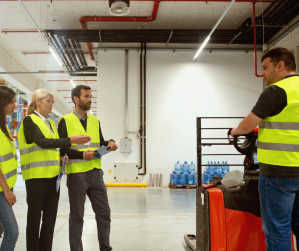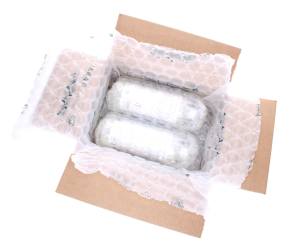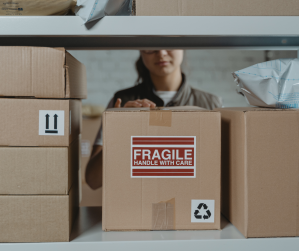Personalization has emerged as a cornerstone for success in today’s dynamic retail landscape, where digital and physical realms intertwine more than ever. The fusion of online and in-store experiences offers boundless opportunities for retailers to engage with consumers on a deeper level, catering to their unique preferences and needs. With minimal disruption, the seamless integration of these channels is imperative in delivering a truly personalized shopping experience that resonates with modern consumers.
Personalization, once considered a luxury, has become an expectation among consumers. With the proliferation of data and technological advancements, customers anticipate tailored recommendations and curated experiences across all touchpoints. Whether browsing online or exploring brick-and-mortar stores, shoppers seek relevance and convenience in every interaction.
One of the critical benefits of personalization is its ability to enhance customer satisfaction and loyalty. By leveraging data analytics and AI-driven algorithms, retailers can gain insights into individual preferences, purchase history, and browsing behaviors. Armed with this knowledge, they can deliver targeted promotions, product recommendations, and content that align with each customer’s interests, fostering a sense of connection and understanding.
Personalization lets retailers streamline the shopping journey, reducing friction and enhancing convenience. Integrated platforms seamlessly transitioning between online and in-store experiences empower customers to browse, research, purchase, and even return items effortlessly through their preferred channels. This omnichannel approach caters to the diverse needs and preferences of shoppers. It ensures consistency and coherence across the entire shopping ecosystem.
Furthermore, personalization is a powerful tool for driving sales and revenue growth. By delivering relevant and timely offers, retailers can capitalize on opportunities to upsell and cross-sell products, increasing average order value and maximizing customer lifetime value. Additionally, personalized recommendations can help mitigate decision fatigue and facilitate faster purchase decisions, ultimately translating into higher conversion rates and increased sales volumes.
Achieving seamless integration and minimal disruption between online and in-store experiences requires careful planning and execution. Retailers must invest in robust infrastructure, including advanced data analytics platforms, AI-powered recommendation engines, and unified commerce solutions. Moreover, they must prioritize data privacy and security, ensuring customer information is handled responsibly and ethically across all channels.
Fostering a culture of innovation and agility is essential for adapting to evolving consumer preferences and market dynamics. Retailers must continuously experiment with new technologies and strategies, iterating based on feedback and insights gleaned from real-time data. By embracing a test-and-learn mindset, they can stay ahead of the curve and deliver experiences that resonate with today’s discerning shoppers.
Personalization does not end at the time of purchase. Consumers expect their purchases to be cared for and unscathed when received. Quality protection and proper packaging are not only expected by the consumer. Still, they should be a part of elevating the customer experience. AirSaver offers a plethora of air pillows and cushions to protect goods of any size and shape. Additionally, AirSaver’s exclusive private label program is a cost-effective way to brand your box from the inside, further solidifying a positive customer experience.
The importance of personalization in today’s integrated shopping landscape cannot be overstated. By tailoring experiences to customers’ individual needs and preferences, retailers can enhance satisfaction, drive sales, and foster long-term loyalty. Through seamless integration of online and in-store channels, with minimal disruption, they can create a cohesive shopping journey that transcends physical boundaries and resonates with today’s digital-savvy consumers. Embracing personalization as a strategic imperative is not just a competitive advantage—it’s a necessity for success in the modern retail landscape. Visit our website to learn how AirSaver can assist in brand awareness through product protection.















